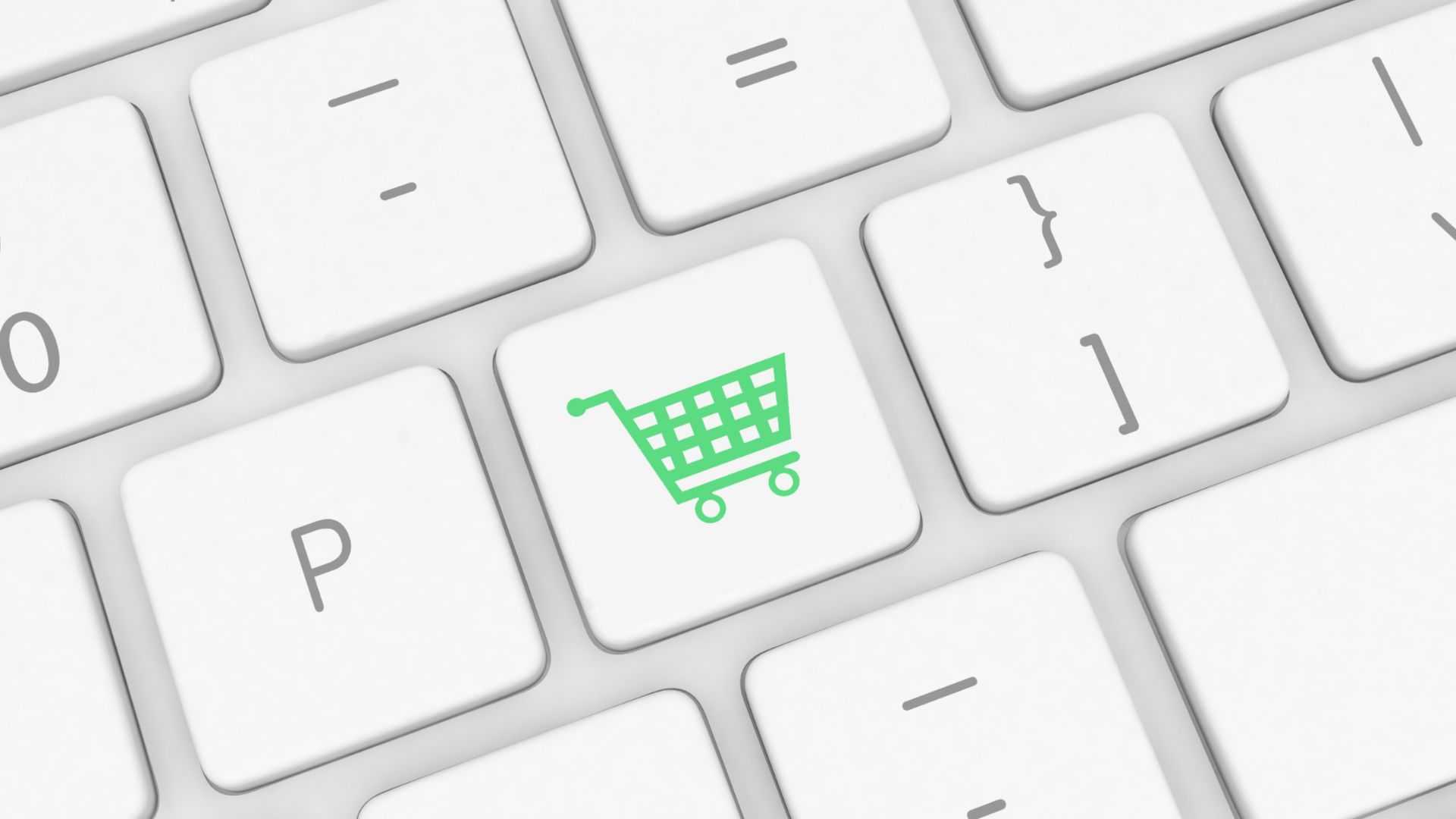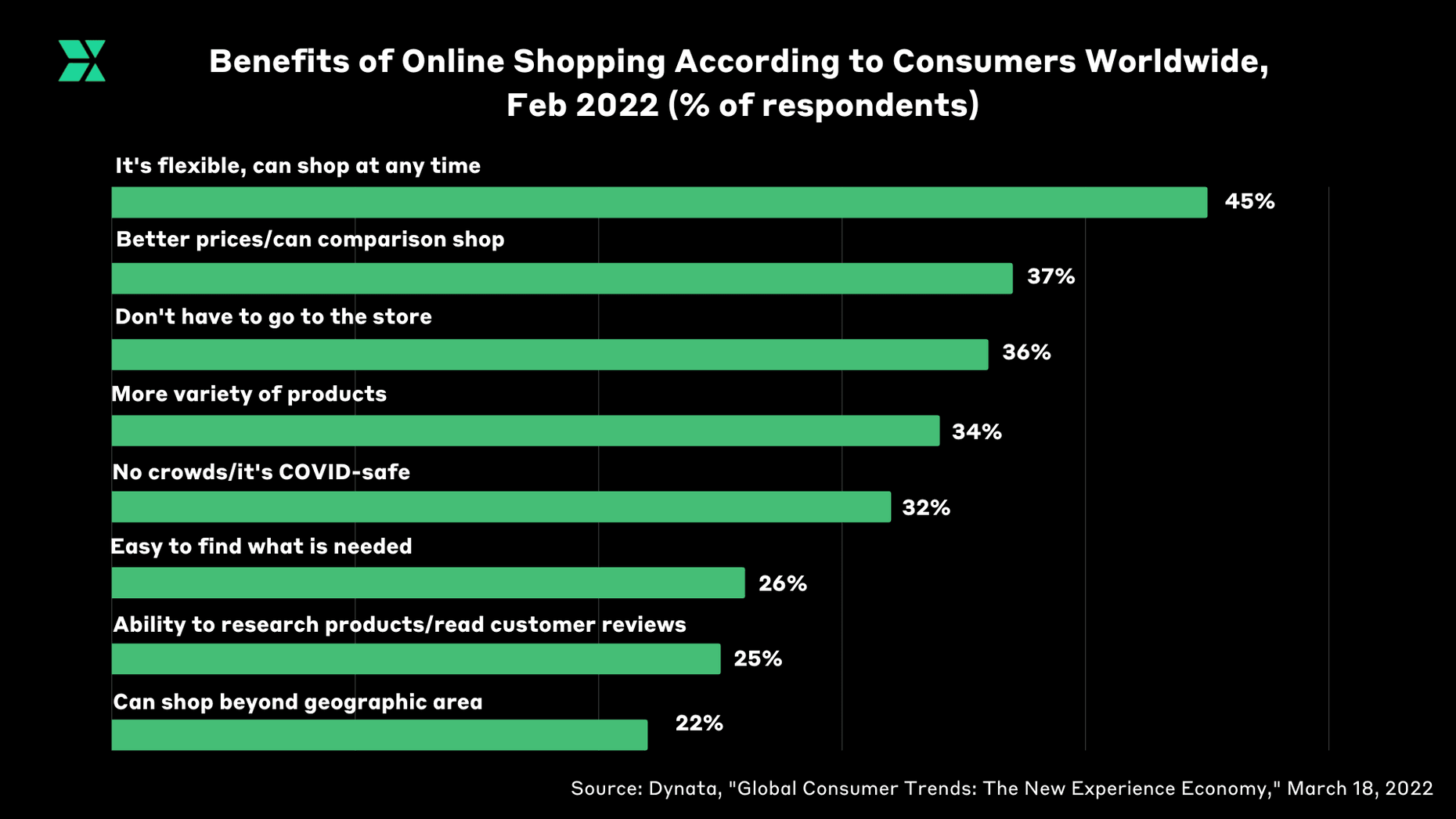
Articles
The top 10 marketplaces for growing your eCommerce business
26.09.2022
When selling products online, the first thing that comes to mind may be setting up an online store. Long gone are the days when you have to pay for expensive website developers. Instead, merchants now have a plethora of website-building platforms at their disposal to save them the time, money and the hassle of building an eCommerce store from scratch.
By leveraging online marketplaces, not only can you take care of the various trivialities associated with eCommerce - such as fulfilment and market access - but you can also gain access to a range of customers worldwide.
In this guide, we’ll go through the basics of an online marketplace, its benefits, best practices, and the top 10 platforms to take your eStore to new heights.
What is an online marketplace?
An online marketplace is a platform that facilitates retail transactions between merchants and consumers. Essentially functioning as a virtual shopping centre, a marketplace handles storefronts, logistics, backend systems, and shipping on the sellers’ behalf. At the same time, eMerchants can design their own product pages and layouts with relative convenience, whilst consumers can pay in just one step at checkout.
For its convenience and accessibility, online marketplaces are gradually becoming the favourite shopping channel for consumers. For instance, Amazon alone pocketed USD 600 billion in gross merchandise value in 2021 and has attracted thousands of new sellers every year since 2016. Besides Amazon, several other marketplace giants also claim a hefty share of the market share, each nurturing a number of affiliate companies that centralise around them.
Benefits of using an online marketplace
According to Insider Intelligence, retail consumers name flexibility, better prices, and the convenience of not needing to visit a physical store as the top three benefits of online shopping.
Even as the world recovers from the pandemic, online shopping is here to stay – making online marketplaces a vital shopping channel for the foreseeable future. Consequently, more companies are investing in online marketplaces recently, with 60% doing so in the last three years.

Here are a few of the reasons why using an online marketplace benefits your business:
-
Minimal starting effort
Because online marketplaces are designed to be easy to use, adopting one requires minimal effort. You can set up a storefront and build a seamless channel that covers payment processing, advertising, customer support, and logistics in a matter of a few hours.
-
Nominal technical maintenance
Online marketplaces are hosted by large cloud providers that also serve different major corporations. Users can leverage state-of-the-art technology and sophisticated operations expertise enjoyed by the top echelon of the business community.
-
No experience required and few resources required
Since you’re leveraging existing platforms, you’re saved from the headache of building a website from scratch. All you need is reliable access to the marketplace. Once obtained, you can manage everything on one platform.
-
Access to a large customer base
With millions of people shopping on Amazon and millions more on different platforms globally, you’re set to access a huge customer base. Consumers will have a higher chance of knowing your business.
-
Effortless integration with other platforms
Most prominent online marketplaces are compatible with different websites and platforms, making it fairly straightforward to integrate the platform with existing interfaces. In fact, many established marketplaces have different programmes to help the integration process.
The top 10 marketplaces for eCommerce
There are different online marketplaces that dominate various parts of the global eCommerce market. Here are the top ten marketplaces to pay attention to.
As one of the key global eCommerce platforms, Amazon is loved by users and brands, big and small, all over the world. Its premium tier alone, Amazon Prime, boasts 200 million members - with an annual spend at USD 1,400 per member. In terms of pricing: Amazon offers individual selling plans for most circumstances, professional plans for niche categories, and Prime plans for more serious contenders.
Note: Currenxie is a proud participant of the Amazon PSP program.
Like its fellow giant Amazon, eBay boasts a vast global presence with 168 million active buyers from 190 markets. By listing on this platform, you’re well set to earn a piece of the USD 83-billion pie. You only need to pay an insertion fee for your listing and a final value fee for your item sales, and there are no subscription fees involved.
Etsy is popular among the arts and crafts community and specialises in vintage collector’s items and handmade artwork. As a result, Etsy enjoys access to a niche market and is different to its conventional competitors. Though it incurs a listing fee, the overall cost remains fairly low, making it ideal for artisan businesses.
As a subsidiary of the online giant Alibaba Group, AliExpress is a formidable player in the B2C online market landscape and, at the same time, holds the keys to the Chinese market. With over 500 million website visits a month and over 600 million downloads for its app, its streamlined operation process and scale make it a favourite among dropshippers.
JD (also known as Joybuy) is another Chinese eCommerce giant and a great option for merchants wishing to enter the lucrative Chinese market, especially in technological and logistical solutions. Third-party apps like Shopify’s JD Marketplace sales channel can help you bridge the gap between Western merchants and Chinese consumers.
Founded by the Chinese tech mogul Jack Ma in 2003, this Chinese eCommerce marketplace juggernaut has a reported gross merchandise volume of around USD 502 billion as of 2021 and has transactions around the world. Taobao is unique because it’s primarily a consumer-to-consumer (C2C) platform, which means anyone can be a buyer or a seller.
Being a large eCommerce player in the Japanese market and globally, Rakuten has 1.6 billion members and hosts a diverse range of products, such as electronics, pet supplies, and fashion accessories. Sellers based in Japan and the US can use the Rakuten Ichiba app to enter the Japanese market directly and outsource time-consuming details like localisation and translation.
The Argentine company is the largest marketplace in Mexico and is a serious eCommerce contender in Latin America as a whole. In fact, it’s estimated that $1 in every $5 spent in the region is spent on Mercado Libre. The platform has reportedly generated USD 2.1 billion in revenue and sold over 287 million items in 2021. It also welcomes 106.5 million visits per month and hosts over 150 categories of goods, from smartphones to gardening and even electronic gadgets.
Though relatively unknown to the non-European world, Otto is Germany’s largest online marketplace and one of the world’s largest eCommerce companies. Originating as a delivery company, Otto now handles a wide range of products and primarily serves the EU market, with over USD 11.8 billion online revenue as of 2021, making this platform key for any company wishing to enter the EU region.
10. Flipkart
This Indian eCommerce giant was founded by former Amazon employees in 2007. It was acquired by Walmart in 2018 and has since expanded its catalogue from selling laptop bags and tablets to different categories like electronics, home and kitchen, health and beauty, and books. Flipkart pocketed USD 5.7 billion of revenue in 2021 and is closely behind Amazon with regard to Indian market share.
How to run the right online marketplace
Choosing the right marketplace comes down to a few factors, such as location, product offering, and fulfilment method. Here are a few steps to help you determine what’s right for you and make the most out of your choice:
Consider intentions
First and foremost, consider what you want to sell, where you want to sell, and who you want to sell to. For example, conventional choices like Amazon and eBay would be ideal if you’re entering the global mass market. Likewise, if you’re entering a niche market or a particular location, you may consider marketplaces that specialise in these areas.
Scale and reputation
The main reason to choose an online marketplace is to leverage its reputation, infrastructure, and access to customers. Pick one that is well-known among your customer base and provides essential add-ons, such as quick delivery, customer service, and aappealing user experience. The key is to make the customers’ lives easier and let them trust you.
Optimise your product content
A surefire way to usher interested customers to the checkout page is to manage the small details. Clear product descriptions, keywords, category listings, and pictures can make your page more visible in the marketplace and enhance the overall user experience. Also, don’t be shy to reach out to customers by email, push notifications or social media.
Push the word out
While having an optimised product page with the right keywords will boost your visibility, placing product ads is essential for attracting and converting customers. Choose one or two bestsellers and create ads that specifically target them. Also, consider launching a retargeting campaign to users who have previously visited your page or website.
Logistics matters
Convenience is the name of the game, which means that shoppers now expect free and fast shipping. That’s why having access to reliable fulfilment and delivery options is paramount to your success. Some online marketplaces like Amazon may provide fulfilment programmes, whereas third-party companies like FedEx or SF Express can help you handle the logistical side of things.
_______________________________________________________________________________________________
Besides building a strong presence on an online marketplace, catering to customers using different currencies is also key to opening up to the global market. For that, you need a platform that can handle payments and exchange rates globally.
With Currenxie’s Global Account, your business can manage payments in 20+ currencies across 100+ countries. We also provide the real-time, mid-market foreign exchange rate and charge only a transparent commission of 0.4% for exchanges of major currencies. It’s completely free to open and maintain an account.
Download our new eBook or sign up for a Currenxie Global Account and see how you can unlock opportunities and remain relevant in today’s new eCommerce normal.

